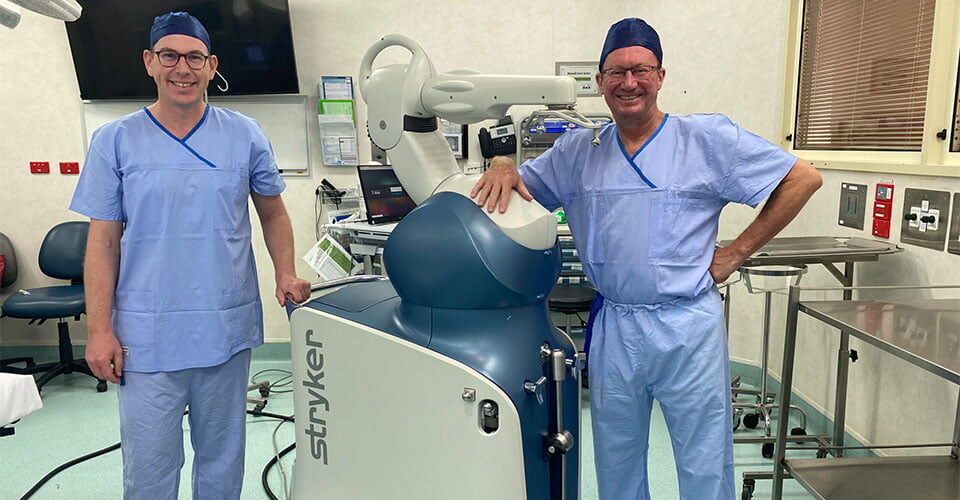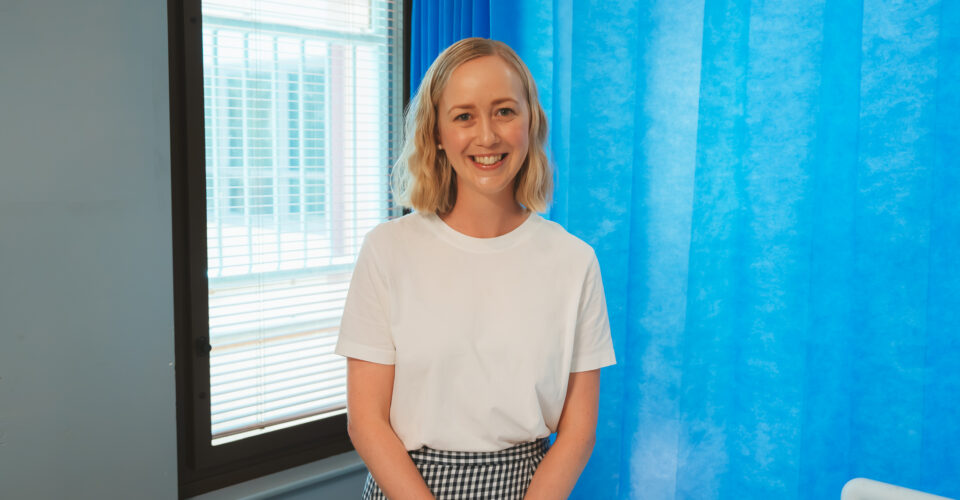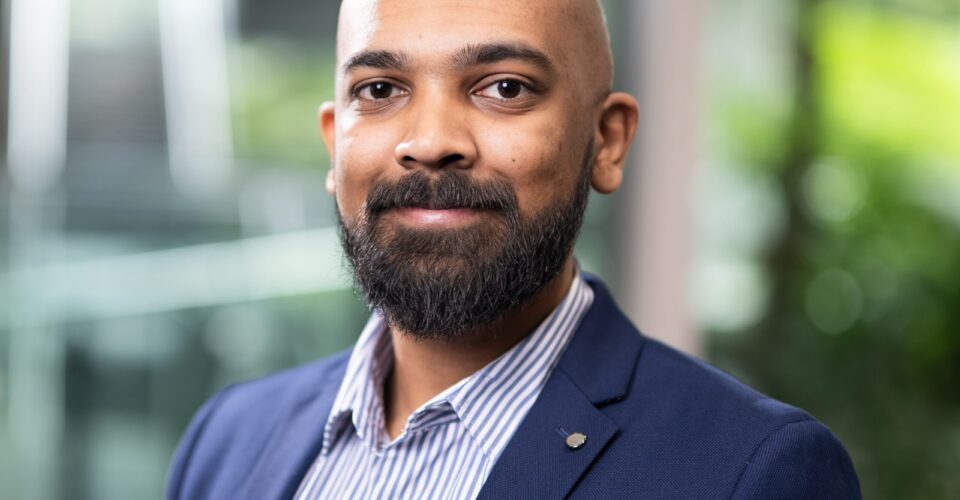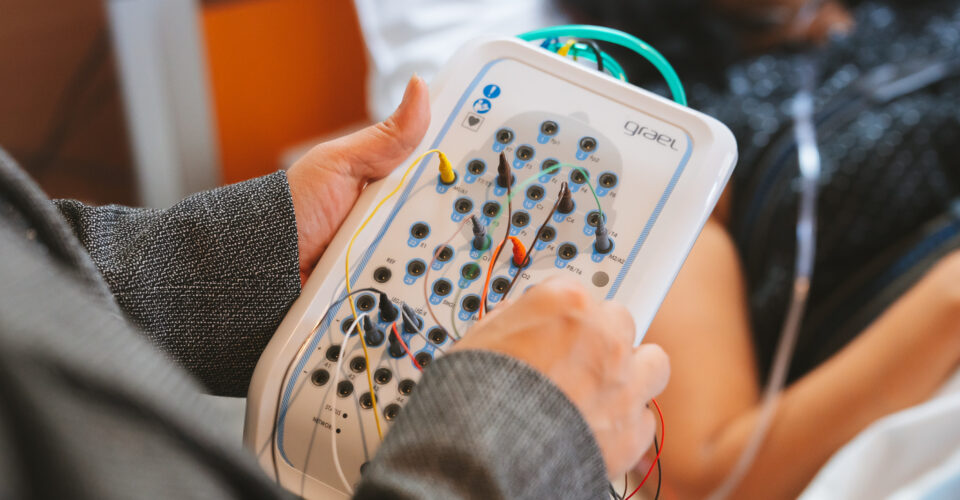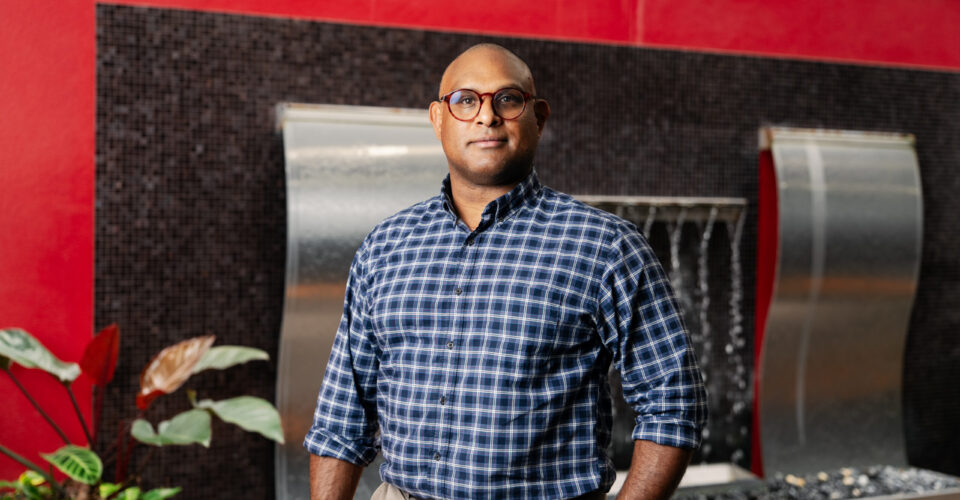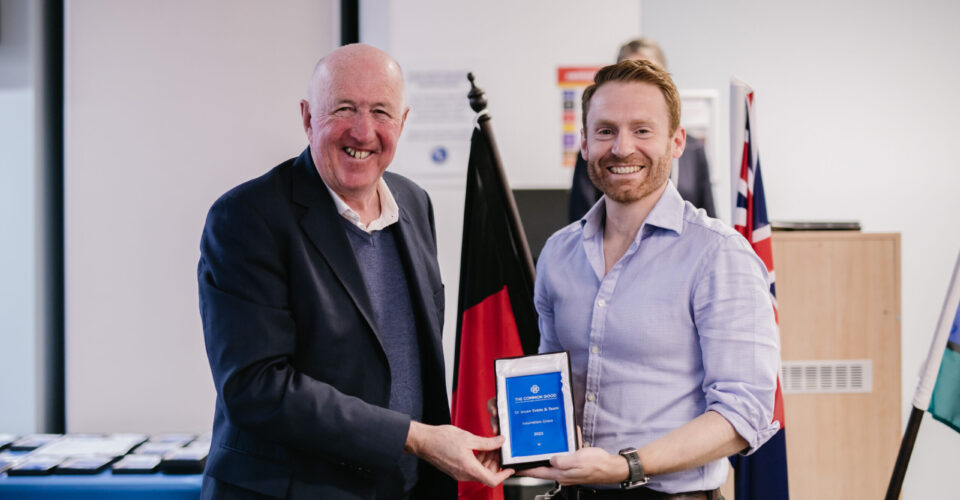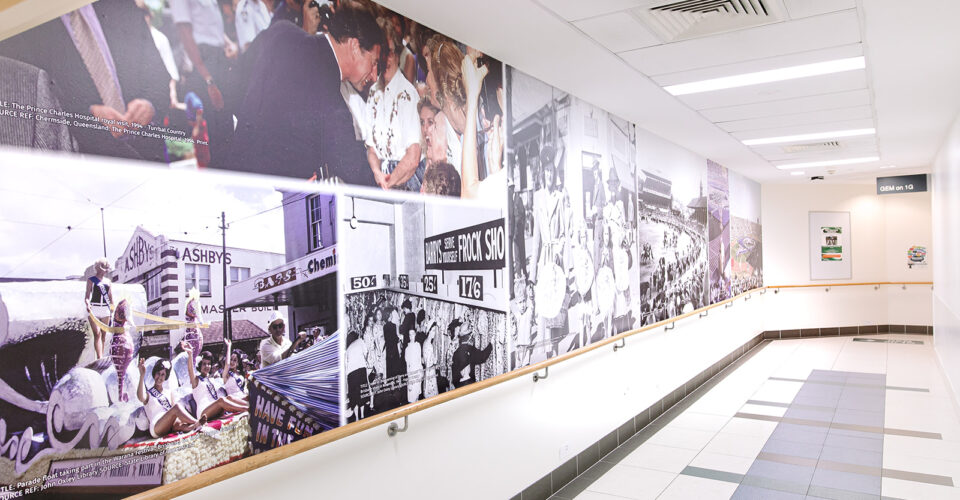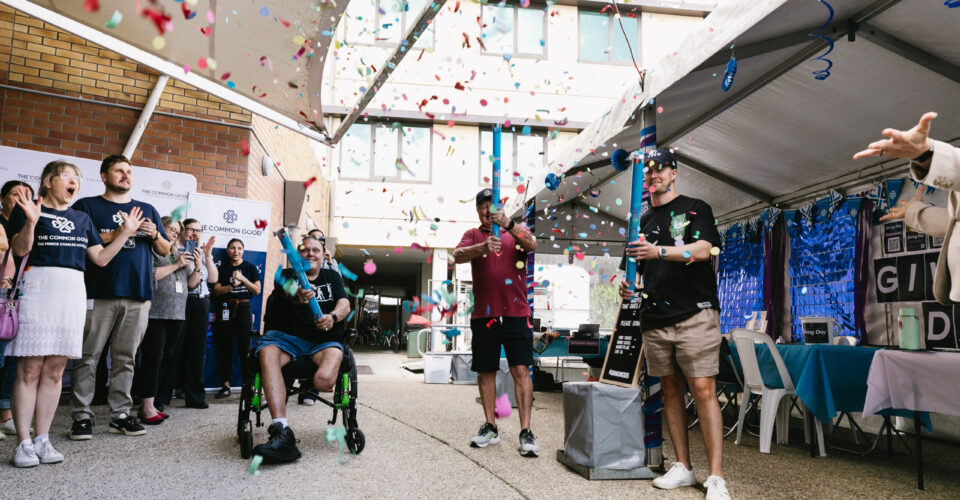Orthopaedic surgeons at The Prince Charles Hospital in Brisbane have performed their 1000th robotic-arm-assisted joint replacement surgery. This state-of-the-art machine, fully funded by The Common Good in 2019, allows for surgeries that are more accurate than manual procedures, and as such, it promotes faster recovery and less pain.
“For some people with arthritis or an injury, a joint replacement is the best solution to ease chronic pain or to help them get back to moving normally or doing activities they love,” Dr Simon Perkins said.
“This machine’s cutting-edge technology allows for virtual planning before the operation. This personalised surgical experience reduces the chance for soft tissue damage and the size of the exposure site, which in turn helps to optimise the outcome and recovery for the patient.”
Fiona Neal had a double hip replacement performed with the assistance of the machine in 2019. She was up and walking again about 72 hours after her surgery. “To be pain-free now, it’s incredible,” she told Nine News at the time.
The Prince Charles Hospital is the only public hospital in Queensland with the machine. Currently, the hospital’s surgeons use the machine for 100 per cent of partial knee replacements and 60 per cent of full knee replacements.
“If the foundation did not fund the machine, I don’t think we would have it. I am incredibly grateful to the foundation for providing the technology and ensuring that the patients of The Prince Charles Hospital have what really is next-generation surgery,” Dr Simon Perkins said.
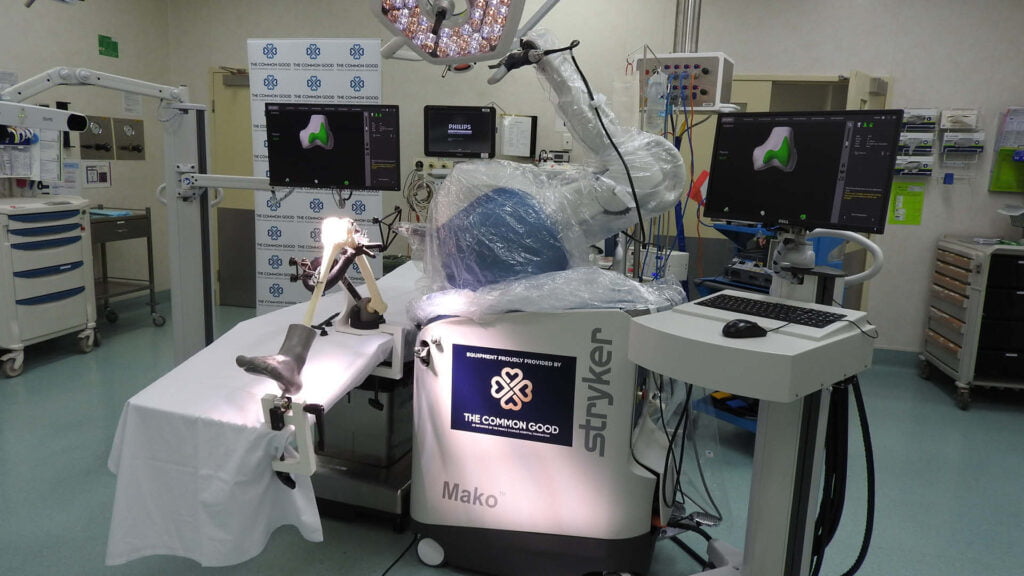
About The Robotic Joint Replacement Surgery
Before surgery, a patient will have a special CT scan to create a 3D model of their joint. This means the optimal implant size, shape, and position can be templated prior to surgery.
Once in theatre, technology is placed on the patient and used to map out the bone. That is cross-referenced with the CT scan and from there the 3D imagery helps to determine where the machine can and cannot cut.
The surgeon controls the robot, but the machine’s cutting arm cannot move outside the designated boundaries. That means the incisions will be precise, occur at the right angle and will measure the correct size.
“It negates the need for having some of the more invasive retractors and instruments used. We can also use the robot to perform surgeries where traditional instrumentation wouldn’t work,” Dr Perkins said.
“We are always working towards improving patient outcomes by funding equipment and medical research, and our success is only thanks to the generosity of everyday people who share our desire to help others live healthier for longer,” said Chloe Nguyen, The Common Good.
Click here to learn more about the significant impacts achieved thanks to our generous supporters.
